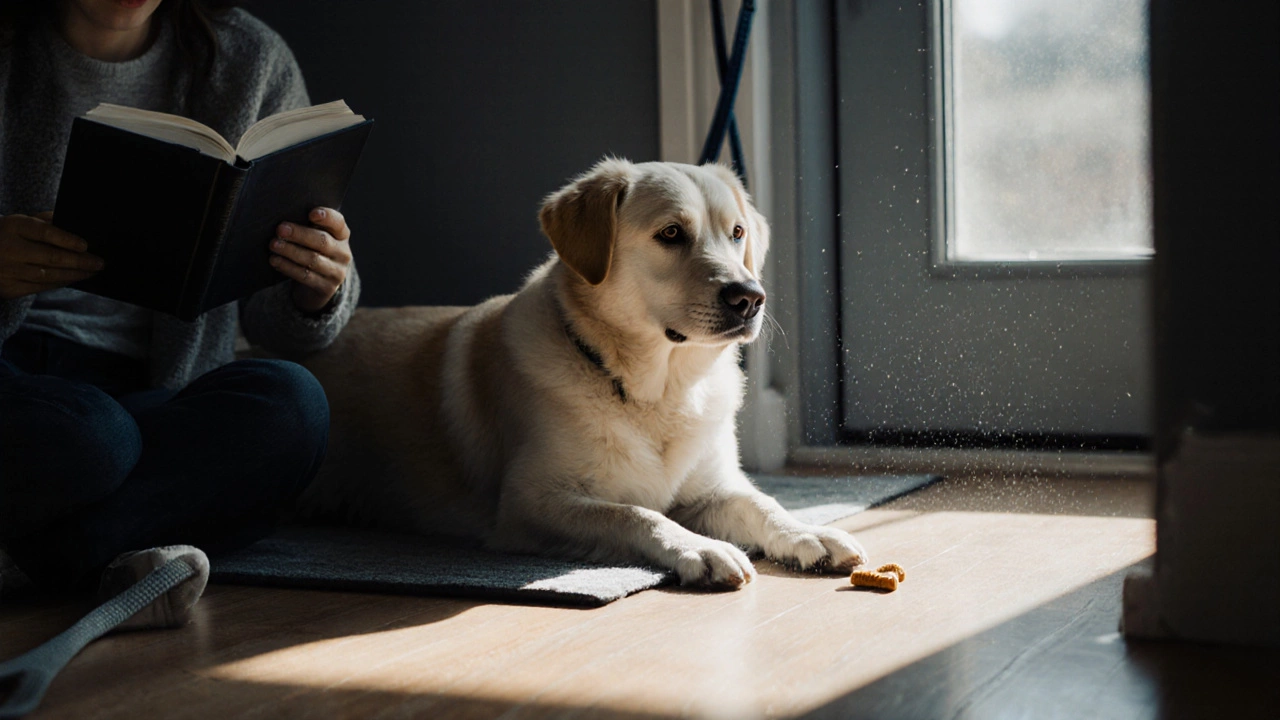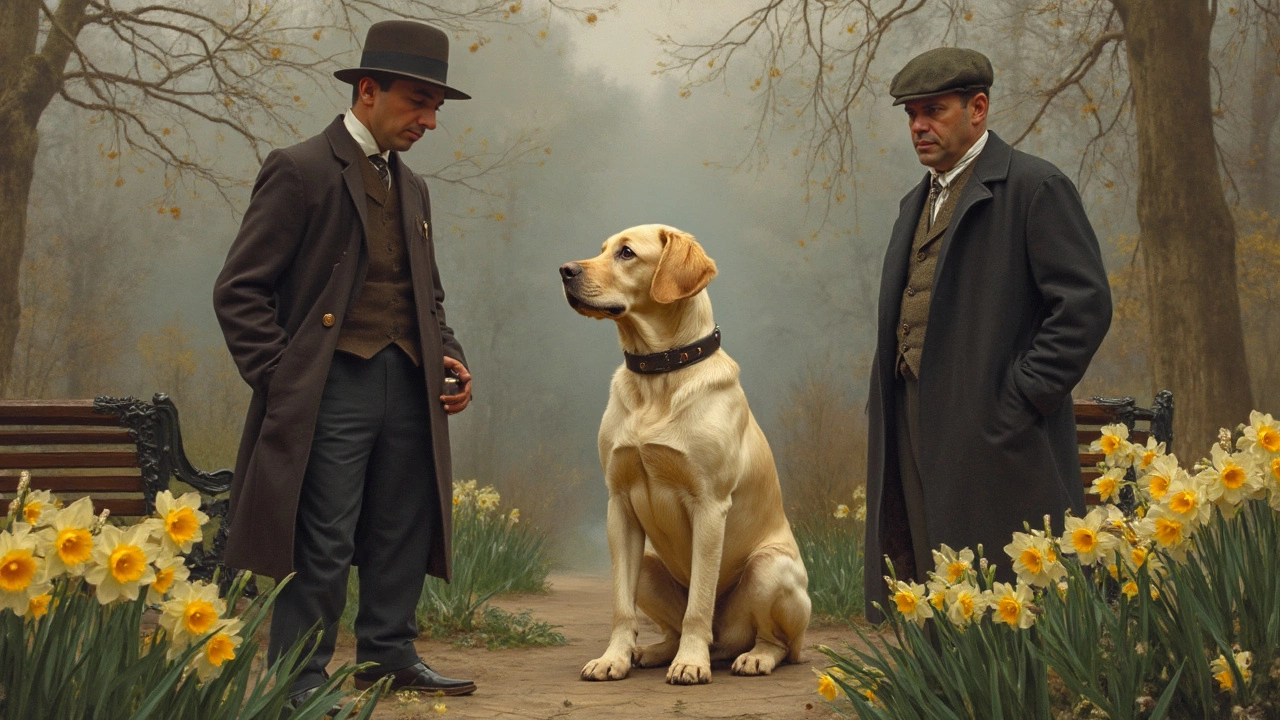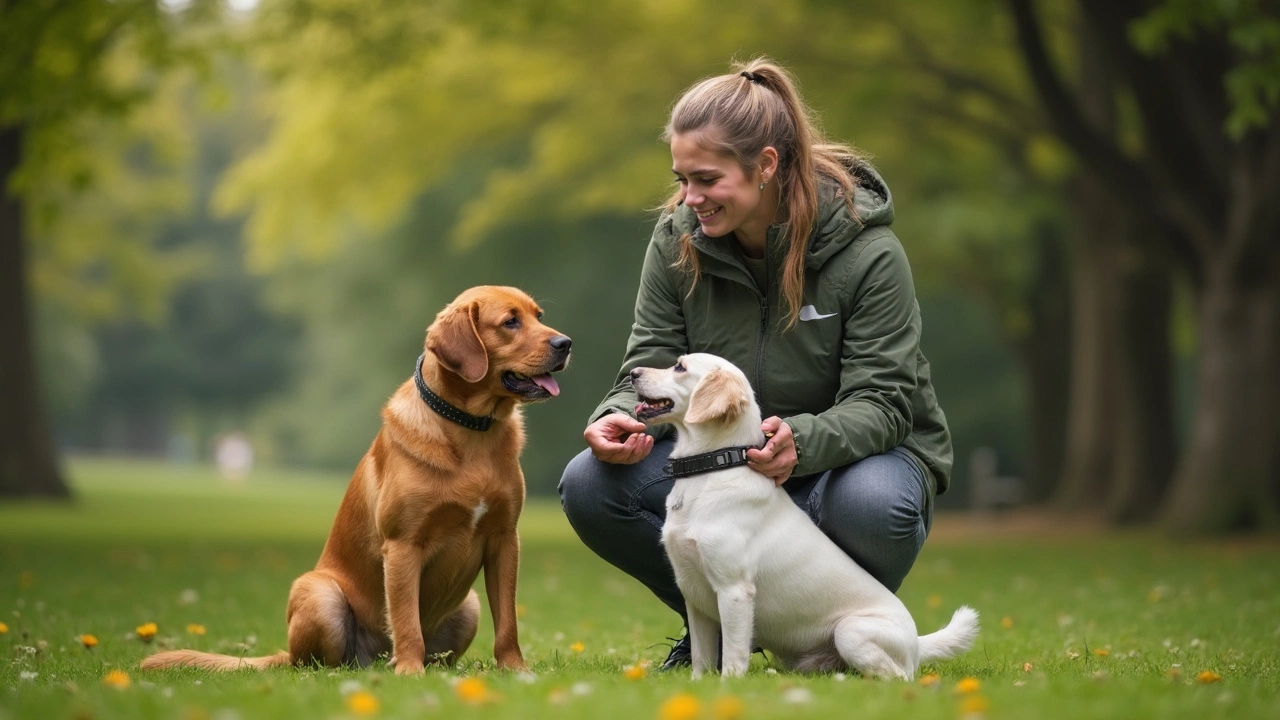Impulse Control Training Timer
Your Impulse Control Session
Most people think dog training means teaching sit, stay, or heel. But the very first thing to train a dog isn’t a trick-it’s impulse control. Before you even say "sit," your dog needs to learn how to wait, how to listen, and how to calm down when excitement is high. This isn’t optional. Without it, every other command falls apart.
Why Impulse Control Comes First
Think about a new puppy. You walk in the door, and they explode-jumping, barking, pulling on the leash, stealing socks. That’s not bad behavior. That’s normal puppy energy. But if you don’t teach them to pause before acting, you’re training them to be reactive, not responsive.
Studies from the University of Pennsylvania’s Animal Behavior Clinic show that dogs with strong impulse control learn commands 40% faster than those without it. Why? Because they’re not too busy reacting to every sight, sound, or smell to process what you’re asking.
Impulse control means your dog waits for your cue before acting. It’s the foundation for all obedience. Without it, you’re fighting biology, not teaching behavior.
The First Exercise: The Wait at the Door
Start with the front door. It’s the most common trigger for overexcitement. Before you open it, ask your dog to sit. Not just any sit-hold it. Wait for five full seconds. If they move, close the door. Try again. No scolding. No yelling. Just silence and patience.
Do this every single time you come home, go for a walk, or open the back door. After a few days, they’ll start pausing on their own. That’s the moment you know it’s working.
Pro tip: Keep treats in your hand, not on the floor. If you drop them, you’re rewarding the jump, not the wait. Hold the treat at nose level. Wait for stillness. Then say "yes" and give it. No talking. No praise. Just the treat as a reward for calmness.
Why Name Recognition Isn’t the First Step
You’ve probably heard that teaching your dog their name is step one. It’s not. Not yet.
Yes, they should learn to respond to their name. But if you call "Buddy!" and they run over while bouncing off the walls, that’s not attention-it’s chaos. You want them to turn to you and pause. That’s where impulse control comes in.
Start by saying their name once. Wait. Don’t repeat it. If they look at you and stop moving-even for a second-reward them. If they keep running, turn away. No reaction. That teaches them that calm focus gets attention, not frenzy.
After three to five days of this, you’ll see a shift. They start glancing at you before launching into action. That’s the real win.

Teaching the "Leave It" Command
Once your dog can pause at the door and respond to their name without jumping, move to "leave it." This is the second pillar of impulse control.
Place a treat in your closed hand. Let your dog sniff, lick, nudge. When they stop trying to get it-even for a second-say "yes" and give them a different treat from your other hand. Repeat. Soon, they’ll pull back on their own.
Do this with toys, socks, food on the counter. Every time they choose to ignore something tempting, they’re building mental discipline. This isn’t about suppression. It’s about choice.
By week two, you’ll notice your dog glancing at a dropped treat and walking away. That’s not luck. That’s training.
What Comes Next
After impulse control, the natural progression is:
- Basic commands: sit, stay, come
- Leash walking without pulling
- Settling on a mat or bed
- Focus in distracting environments
But skip impulse control, and you’re building on sand. You’ll spend months trying to fix jumping, door dashing, or food stealing-because you never taught them how to stop.

Common Mistakes New Owners Make
Here’s what usually goes wrong:
- Using treats as bribes instead of rewards. If you show the treat before the behavior, you’re teaching them to beg, not to wait.
- Repeating commands. Saying "sit, sit, sit!" teaches your dog to ignore you until you raise your voice.
- Training when the dog is overstimulated. A tired, excited, or anxious dog can’t learn. Wait for calm moments.
- Expecting perfection. A five-second pause is a win. Two seconds is progress. Don’t rush it.
One owner I worked with trained her puppy for three weeks before she could even get a sit. She thought she was failing. But she was actually succeeding-she was teaching patience. The sit came naturally after the waiting did.
How Long Does It Take?
Most dogs show real improvement in 7 to 14 days with daily 5-minute sessions. That’s it. Five minutes a day. No fancy tools. No treats piled on the floor. Just consistency.
By day 10, you’ll notice your dog checking in with you before doing anything. That’s the moment your training becomes real. They’re not just obeying-they’re choosing to listen.
Final Thought: Training Is About Connection
Dog training isn’t about making your dog do what you want. It’s about helping them understand how to be calm, safe, and happy in your world. The first step isn’t a command. It’s a pause. A quiet moment where your dog chooses to wait for you. That’s the beginning of trust.
Start there. Everything else follows.
What if my dog won’t sit still during training?
If your dog can’t sit still, they’re too excited or tired. Wait until they’re calm-maybe after a short walk or play session. Training should happen when they’re mentally ready, not when they’re bursting with energy. Short, calm sessions work better than long, stressful ones.
Can I start training an adult dog this way?
Absolutely. Adult dogs often learn faster because they have more self-control to begin with. The process is the same: wait for calm, reward stillness, ignore overexcitement. It might take a little longer if bad habits are already set, but the foundation is still impulse control.
Do I need treats for this?
Treats are helpful at first, but not forever. Use small, soft treats early on to build the behavior. Once your dog understands the pause, switch to praise, petting, or a game of tug. The goal is to make calm behavior rewarding on its own-not just for food.
How often should I train my dog each day?
Once a day for 5 minutes is enough. Two sessions of 3 minutes each works too. Consistency matters more than length. Training multiple times a day can overwhelm your dog. Stick to calm, focused moments.
What if my dog ignores me completely?
If your dog ignores you, you’re likely training in a too-distracting environment. Start in a quiet room with no toys, no other pets, and no TV. Once they respond reliably there, slowly add distractions. Never skip this step.




